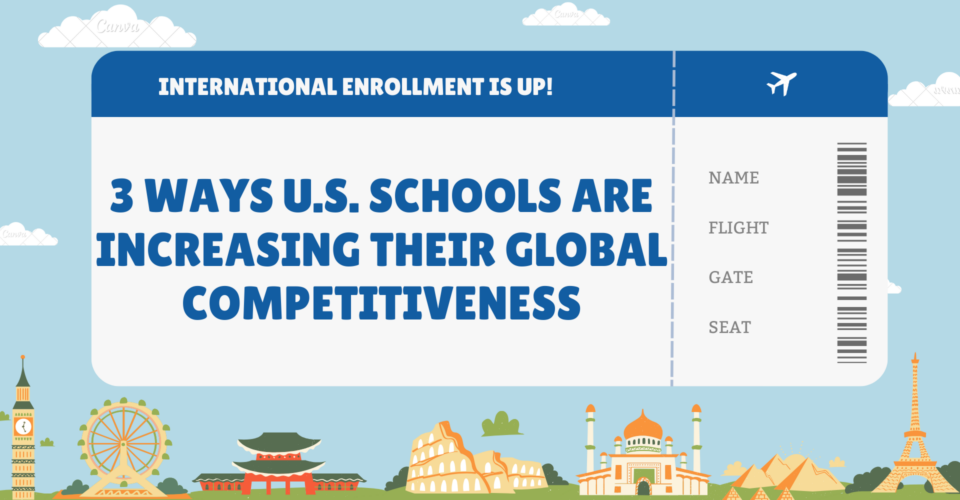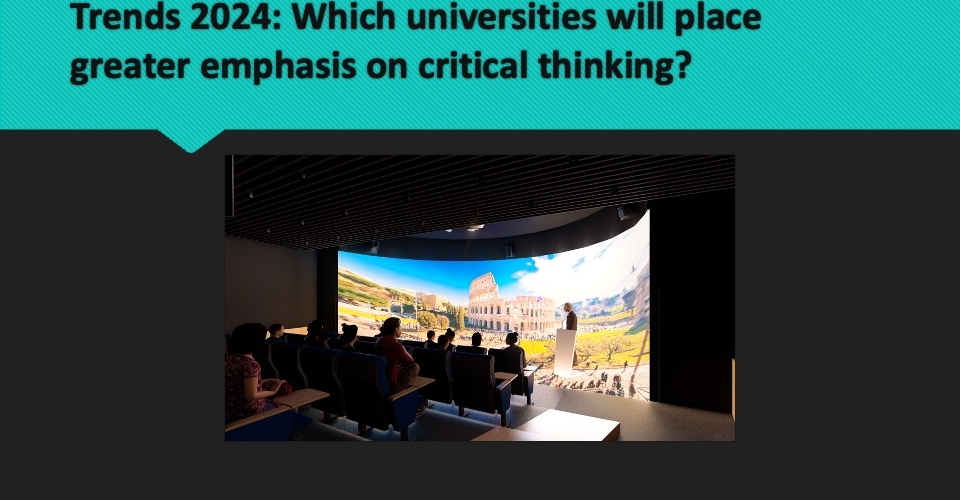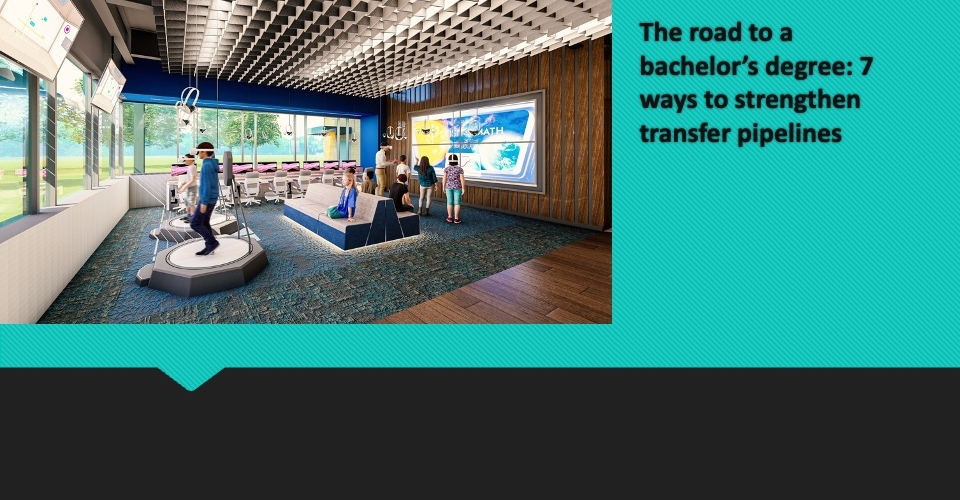In just two years at the helm of Allegheny College, President Ron Cole has accomplished what many would try to achieve in a decade. Alumni, trusted donors and friends of the college have placed so much confidence in his leadership that the Pennsylvania-based liberal arts college is coming off a record-breaking $77 million year of fundraising.
The former provost, dean, professor and Allegheny alumnus credits this buzz to how the institution has revitalized what a small, liberal arts education is in a 21st-century economy. The college has added software engineering, data science, industrial design and public humanities to its academic catalog this past fall, and it plans to add healthcare management when classes start back up this upcoming semester. It has also further solidified its relationship with companies and organizations across its hometown, Meadville, to ensure its curriculum is as relevant as possible.
“The thing that I think is resonating is that we’re not just exploring concepts but tangibly demonstrating how we can invest in creating a top living, learning and innovation college.”
More from UB: Do college degrees lead to better jobs? Typically, yes
To drive innovation in Allegheny’s student experience, Cole crafted his leadership vision around a strategic “pathway” rather than a traditional strategic plan. With increasing external pressures felt by colleges and universities, he believes these guidelines provide him the plasticity to adapt to emerging student and workforce needs.
“We need to model for our students exactly what we ask of them and what we value in a liberal arts education: critical thinking, creativity and problem-solving,” Cole says.
Check out more of Cole’s reasoning on strategic pathway:
How donor support has revitalized Allegheny College
Cole was able to spur over $70 million in fundraising thanks to his ability to communicate with Allegheny stakeholders the core tenants of his strategic pathway: Infuse the liberal arts experience with academic excellence and strong student outcomes on a vibrant campus. The donor base responded by granting the college a series of gifts that turned some of Cole’s visions into reality.
Through a generous endowment, Allegheny has developed the Center for Research and Teaching Excellence. Cole believes the center will empower faculty to do what they do best: teach in meaningful and innovative ways. “If you ask any alumni about their Allegheny experience, I would guess that each would reflect on a faculty member who made a difference in their life as a mentor inside and outside the classroom.”
The center also serves as a vital recalibration point for educators who need to adapt to the changing student demographics that they serve. Last fall, 41% of Allegheny’s incoming class were Pell Grant-eligible.
“We have the most diverse student body in Allegheny’s history,” Cole says. “It’s not just about teaching, it’s about learning and understanding how our students most effectively learn.”
Business and economics students will also have the chance to make real-world, data-driven decisions with the recently funded Student Investment Fund. Thanks to a $1 million donation, the students will run a stock market portfolio with full control over the funds under the guidance of faculty and an advisory board.
Workforce development
A student from the local community once told Cole that he never understood why Allegheny was always trying to partner with local organizations when the student considered the college a part of the community. This comment shifted Cole’s thinking during the development of his strategic pathway process and how he perceived Allegheny’s connection to the broader region.
“We are now trying to engage not as partners with, but as part of our regional community and economic development.”
The Allegheny Lab for Innovation & Creativity is the result of this newfound philosophy. At the lab’s location in Bessemer, Allegheny controls an industry-facing incubation space that brings students and local professionals into a shared space to upskill employees in the region’s revamped manufacturing industry.
“We are delivering workshops for a local industry to upskill workers in skills and competencies that employers say they need,” Cole says.
The lab is also helping students elevate their craft, providing opportunities to earn micro-credentials and stackable, non-degree digital credentials through existing Allegheny curriculum and workshops. Co-op classes taught in this space, often by local professionals, also provide current students with a vision for a prospective career.
How President Cole sparked collaboration with the region







